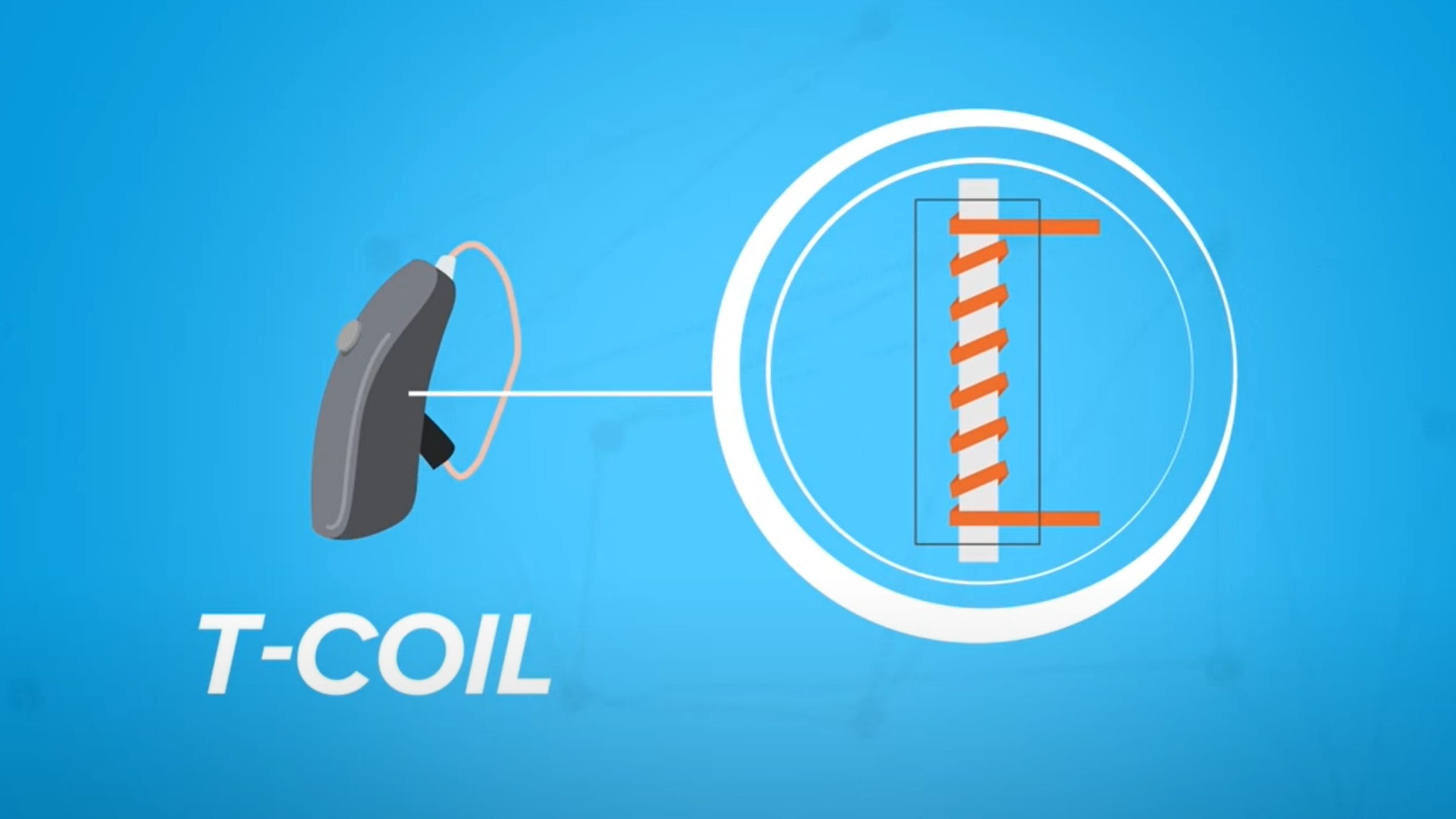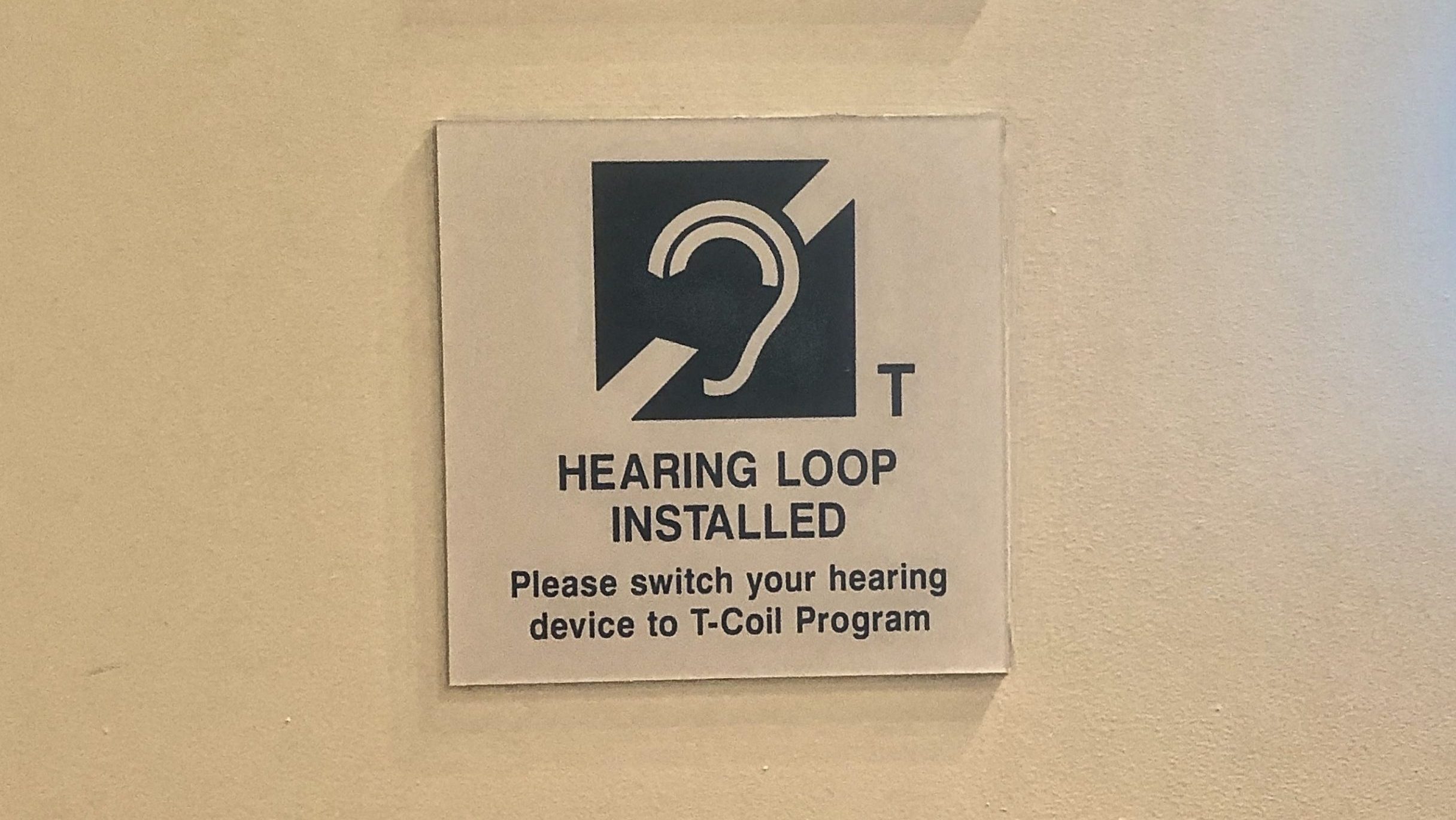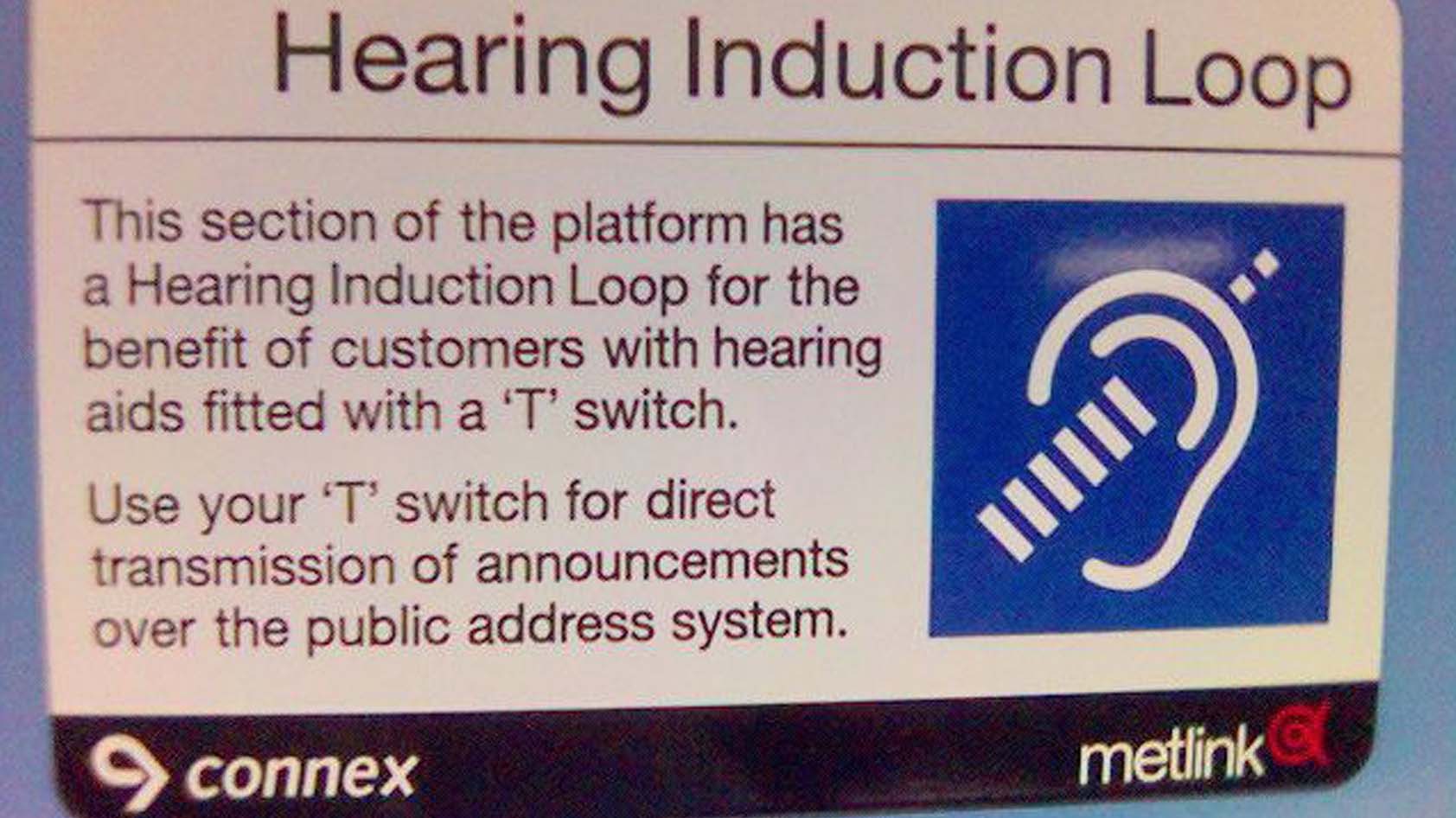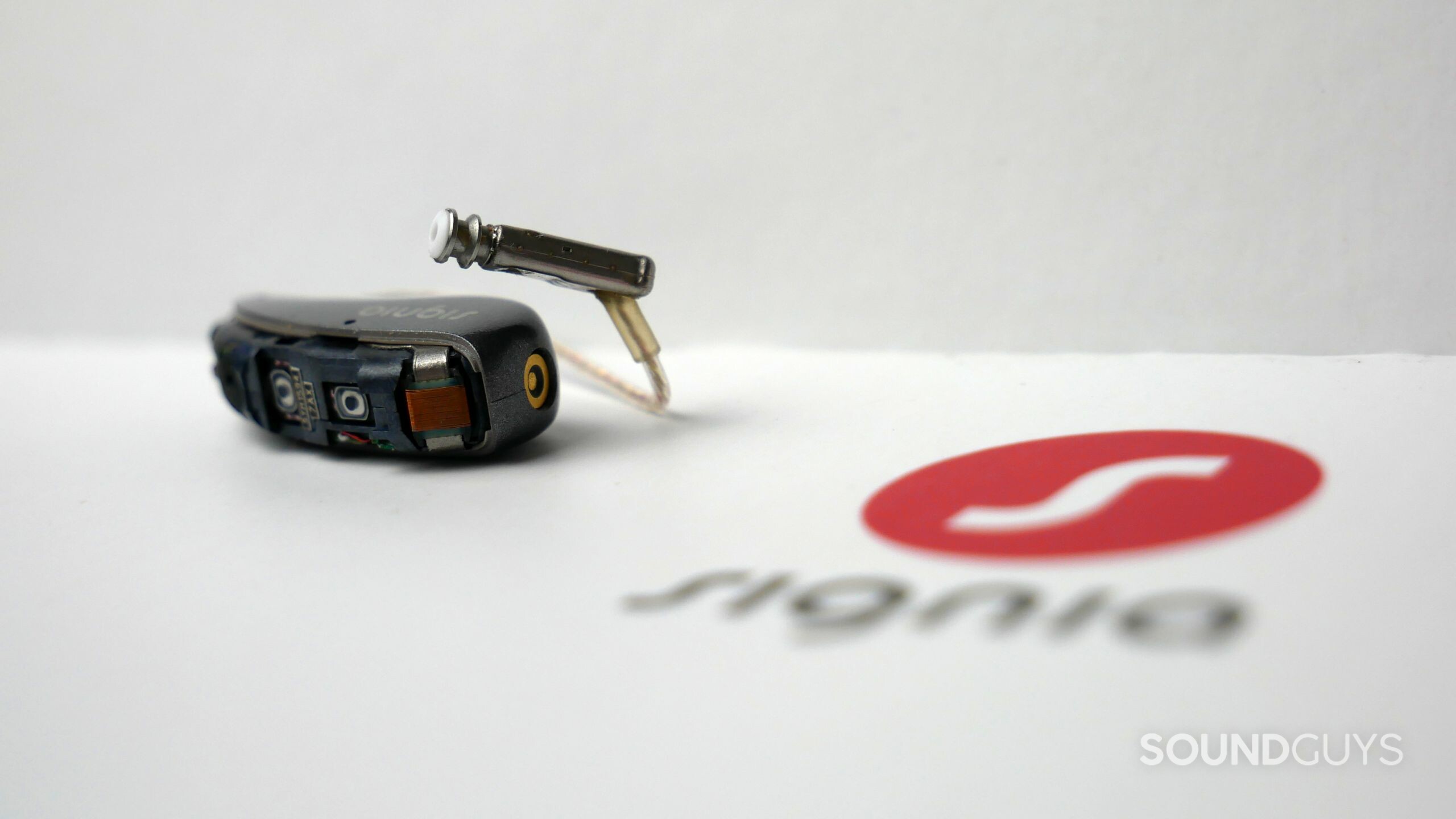All products featured are independently chosen by us. However, SoundGuys may receive a commission on orders placed through its retail links. See our ethics statement.
What is a telecoil and how does it work?
October 25, 2022
Hearing aids are bursting with hardware features to keep you attuned to the environment, and the telecoil (aka t-coil) is a principal component. The t-coil allows a hearing aid or cochlear implant to receive wireless audio transmissions from assistive listening systems (ALS). You’ll find that many public spaces mark ALS regions with an iconographic sign, so you can tap into relevant streams of information with a telecoil-equipped hearing aid.
In this article, you’ll learn how a telecoil works and how it compares to Bluetooth LE Audio. Since the t-coil is an optional feature, we’ll also help you decide whether you should get one with your next hearing aid.
Editor’s note: this article was updated on October 25, 2022, to address new Bluetooth LE Audio details and frequently asked questions.
How does a telecoil work?

A telecoil is a tiny copper wire coiled around a metal rod. Like an antenna, it captures electromagnetic waves, which your hearing aid converts into an audio signal. Since it bypasses the hearing aid’s microphone, assistive listening systems using telecoil largely eliminate background noise and transmit a clear audio stream. Suddenly, your hearing aid works like a wireless speaker.
Acoustic feedback was once a major issue for hearing aids wearers when using the telephone. The close proximity of the telephone handset causes amplified sound leaking from the ear canal to reflect back into the hearing aid, causing it to become unstable and produce ringing. With the telecoil, hearing aid users can tap directly into the electromagnetic signal instead of the acoustic one, thus preventing feedback.
Today, hearing aids have powerful feedback control in the form of DSP. But the telecoil is far from obsolete. In fact, it’s the default assistive listening technology in many countries and has become increasingly popular in North America. There are even international standards that regulate so-called hearing loops.
Where can you use your telecoil?

In newly constructed or altered facilities, the Americans with Disabilities Act (ADA) made assistive listening systems mandatory in 2012:
In each assembly area, where audible communication is integral to the use of the space, an Assistive Listening System shall be provided.
Hence, many public and private buildings feature hearing or induction loops that can transmit electromagnetic audio signals to telecoil-enabled hearing aids, cochlear implants, or other compatible receivers. An induction loop is a wire along the perimeter of the building or inside a room, that’s connected to a sound system. You might also find personal hearing loops at pharmacies, doctors’ offices, information desks, or in modern taxis.
You’ll know that a place supports telecoil when you see a plaque similar to the ones shown above and below: they both feature the international symbol of access for hearing loss (i.e., a blue square with a white outline of an ear in the center, and a white line crossing through the ear from the bottom left to the top right corner). Often, you’ll also see a capital T in the bottom right corner.

If you’d like to find out in advance whether a place in the US is looped, use LoopFinder.com. The website lets you search by city, name of a place, or type of venue. If you have an iPhone or iPad, you can also download the LoopFinder app (currently not available).
Even your phones can still be looped to support telecoils. For example, if your mobile phone is T-rated, it will work with your hearing aids. And your landline phone might carry the blue sign that signals telecoil support.
Should you pick a hearing aid with a telecoil?
In public spaces reverberation, echoes, background noise, and low quality public address systems can all reduce speech intelligibility. If, despite using a hearing aid, you often find yourself struggling to understand speech, you might benefit from using a telecoil.

While museums or concert halls might offer headsets to access their assistive listening system, nothing is as convenient as using your own hearing aid. Switching to telecoil mode is easy, discreet, and hygienic. Moreover, you’ll enjoy better sound quality and your hearing aid’s custom settings.
The downside of opting for a hearing aid with a telecoil is that you might have to give up other optional features. Many manufacturers have phased out the telecoil in rechargeable hearing aids. Unfortunately, invisible or in-the-canal hearing aids are too small to carry a telecoil. What’s more, you might not be able to find a suitable hearing aid that supports both telecoil and Bluetooth LE Audio.
Will Bluetooth LE Audio take over for the telecoil?
Bluetooth Low Energy (LE) Audio, a new standard announced in January 2020, supports wireless transmission of audio signals to multiple receiving devices at once, a feature known as Auracast. This makes Bluetooth LE Audio suitable for assistive listening systems. Meanwhile, the first hearing aids that support this Bluetooth standard have hit the market, but it will take many more years for this technology to become a mainstream assistive tool.
Hearing aids cost a fortune and many people use them for at least five years, often much longer. Moreover, hearing loops are the de facto standard and have been installed in many buildings since the ADA was updated in 2010. For that reason, it’s hard to imagine that Bluetooth LE Audio could replace hearing loops anytime soon; experts estimate it could take 10-15 years.
Ampertronic says that, unlike Bluetooth, telecoils offer:
- passive, zero energy use
- very low cost
- non-proprietary, open standard
- easiest access (i.e., just turn it on or off)
- no latency, aka delay issues
- a pre-existing large install base of telecoil transmitters
What we might see, however, is a slow transition. With the new standard, Bluetooth audio streaming is cheap and easy to set up, so we could see it pop up at places not required to offer hearing loops, making it more accessible. Likewise, those facilities that already have induction loops installed could provide Bluetooth as an alternative option. Finally, portable receivers might bridge the gap between an induction loop and a Bluetooth LE Audio-capable hearing aid or a Bluetooth transmission and a telecoil-carrying hearing aid.
In any case, Bluetooth LE Audio is a convenient way to stream audio from another Bluetooth-enabled device, like your phone or TV, to your hearing aids. If you can’t find a suitable hearing aid that offers both telecoil and Bluetooth LE Audio, you’ll have to decide what’s more important to you.
Frequently asked questions about telecoil
For end users, Auracast provides more reliable and better quality audio transmission, without needing special hearing aid programming. For venues and public spaces, the telecoil infrastructure is difficult and costly to install, requires regular maintenance, and it’s not possible to offer device-specific private transmissions.
Over-the-counter (OTC) hearing aids officially became available in October 2022. Rechargeable behind-the-ear, receiver-in-the-canal, or earbud-style hearing aids typically support Bluetooth, but you’ll have to double-check whether they feature Bluetooth LE Audio and Auracast. Models with a replaceable battery are more likely to contain a telecoil, but it’s not guaranteed. Currently, we’re not aware of novel OTC hearing aids containing either technology.